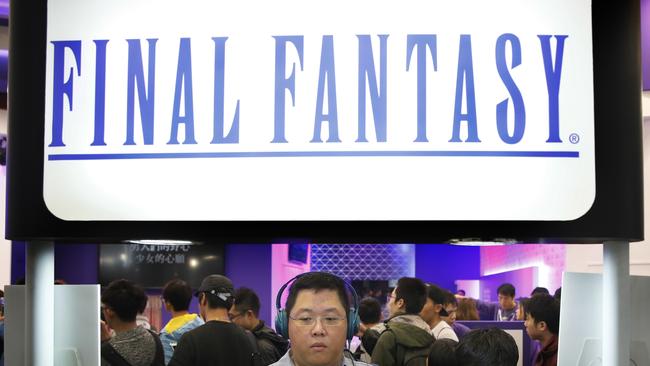E-sports revenue soars
Paying to watch other people play video games may sound unfathomable to some, but ‘e-sports’ are booming.

The idea that people are willing to invest their time and money to watch other people play video games may sound unfathomable to some, but believe it or not it’s a healthy business. According to Deloitte Global, e-sports is set to generate global revenues of $US500 million ($707m) in 2016. That may not seem like a lot of money right now but e-sports have a stunning and ever-increasing footprint.
Last year, 334-million people tuned in to watch the online broadcast of the League of Legends World Championships. Meanwhile, the International Defence of the Ancients 2 tournamentgave away more than $25.8m in prizes — surpassing the $12m offered by the NFL in last year’s Super Bowl.
Major tournaments, held regularly around the globe, generate hefty sums of money through ticket sales, broadcasts and sponsorship deals. While organised online competitions have long been a part of video-game culture, it wasn’t until the arrival of live video streaming services like Twitch that the e-sports trend was elevated to record numbers.
Twitch allows pro players and tournament organisers to easily broadcast live action from gaming tournaments around the world while also enabling online audiences to interact directly with the community. The platform attracts more than 100 million unique viewers per month, while other services like Major League Gaming (MLG.TV) typically bring in 25 million viewers. Twitch was scooped up by Amazon for $US1 billion in 2014 and gaming studio juggernaut, Activision Blizzard, acquired MLG earlier this month. Meanwhile, other major tech players like Google have launched their own live streaming competitor, YouTube Gaming.
Outside of the occasional dabble, traditional television networks in the West have largely steered clear of e-sports. It’s a different story in China and Southeast Asia, where e-sports competitors are stars in their own right and games are given top billing on major channels.
But that’s all set to change with ESPN recently committing to fulltime coverage of e-sports across their print, digital and television channels. This means popular video games such as League of Legends, Dota 2, StarCraft II and Counter-Strike will be covered right alongside the NFL, NBA, MLB and football.
For tech and media companies, the e-sports industry pulls in a desirable demographic: 75 per cent of the audience are millennials aged 18-34, according to a recent report by Deloitte.
Like all other professional sports, there’s a coterie of talented players who command respect and a healthy purse for their skills in the arena.
Players from China and the US make up the lion’s share of e-sport earnings every year, followed by the likes of South Korea and Canada. We may have been a little late to the party but the 308 pro players who represent the country have so far managed to punch well above their weight.
However, the growth of e-sports faces significant challenges at home, with Australia’s poor internet infrastructure posing the biggest threat.
Local teams have had to forfeit competitive matches due to connection issues, while the lack of high-speed internet across the country limits online audience numbers. The income gap between pro players in Australia and overseas is also enormous.
Professional gamers from competing countries like China, the US and South Korea earn impressive salaries.
Pro players also make money by streaming, allowing fans to watch them practise while advertisements pop up. One retired player in China makes more than $US800,000 a year streaming. Chinese teams in particular boast massive war chests. One of the biggest pro player squads called Invictus Gaming is owned by the son of the richest man in mainland China, Wang Jianlin. The earning potential gives the likes of China and the US enormous influence and has led to star players from other regions being recruited by the big two.
It’s a different story in Australia where competitive players need to hold fulltime jobs or retire from e-sports altogether. But local players such as Aaron Bland, who derives most of his earnings from match fees and prize winnings, is hopeful the influx of coverage from television broadcasters and tech companies will spur on the growth of the local e-sports industry.
“I think it’s only a matter of time that players get paid more in Oceania,” Bland says. “One of the things that drives me personally is live events. We don’t have very many in Oceania, so that is something I would love to see happen more. I’d love to be given a reason to dedicate fulltime to the game that would allow our region to be much more competitive internationally.
“Being able to make a living off the game is ideal and it’s a realistic possibility with the amount of exposure e-sports is gaining.”
The local e-sports industry received a boost recently when Fox Sports televised an Australian Counter Strike fixture while the League of Legends tournament in Melbourne was the biggest of its kind ever held in the country.


